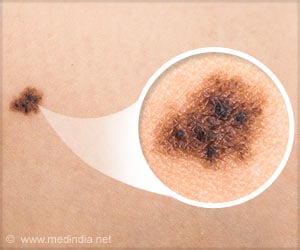Scientists in Arizona and Europe have found out how the molecular switch for sex gradually and adaptively evolved in the honeybee over the last 200 years.
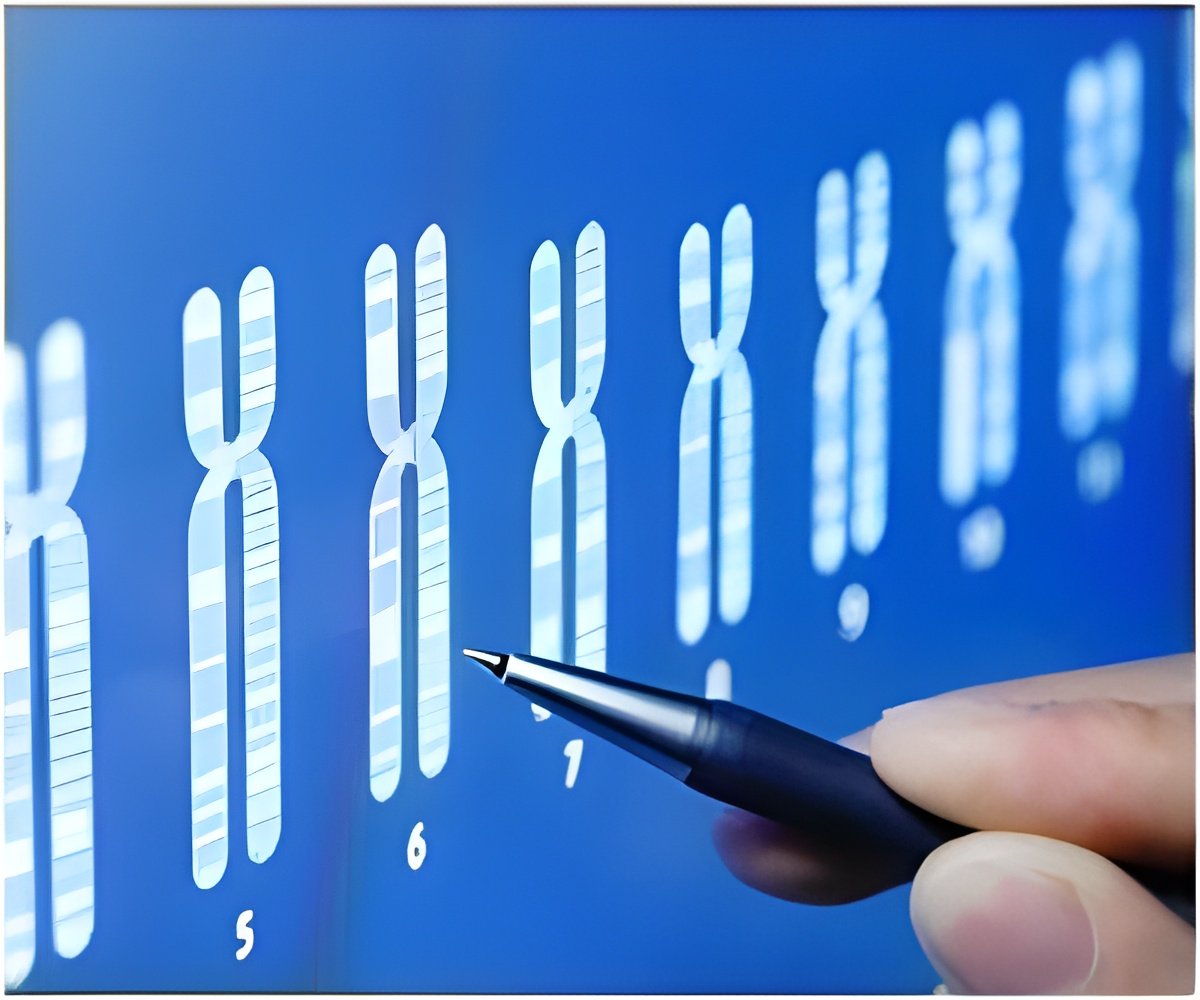
Dzierson posited that males were haploid – possessing one set of chromosomes, which was confirmed in the 1900s with the advent of the microscope. Under the magnifying lens, researchers could see that eggs that gave rise to drones were not penetrated by sperm. However, how this system of haplodiploid sex determination ultimately evolved at a molecular level has remained one of the most important questions in developmental genetics.
In the December issue of Current Biology, Page and Martin Beye, lead author and professor with the Institute of Evolutionary Genetics in the University of Duesseldorf, Germany, and their collaborators laid out the final pieces of how these systems evolved in their article "Gradual molecular evolution of a sex determination switch in honeybees through incomplete penetrance of femaleness."
The authors studied 14 natural sequence variants of the complementary sex determining switch (csd gene), for 76 genotypes of honey bees.
While complex, the researchers had several tools at hand that their predecessors lacked to solve this sexual determination puzzle. First, honey bees are ideal study subjects because they have one gene locus responsible for sex determination. Also, Page and former graduate student Greg Hunt identified genetic markers—well-characterized regions of DNA—close to the complementary sex determining locus to allow gene mapping. In addition, Hunt and Page found that the honey bees' high recombination rate—the process by which genetic material is physically mixed during sexual reproduction—is the highest of any known animal studied, which helped Beye isolate, sequence and characterize the complementary sex determining locus. Page and Beye were also able to knock out an allele and show how one could get a male from a diploid genotype; work that was featured on the cover of the journal Cell in 2003.
However, the questions of which alleles were key, how they worked together and in what combinations and why this system evolved were left unanswered, though tantalizing close. This compelled the current team of collaborators to step back to review what actually constitutes an allele.
"There has to be some segment of that gene that is responsible in this allelic series, where if you have two different coding sequences in that part of the gene you end up producing a female," said Page, who is also the Foundation Chair of Life Sciences at ASU. "So we asked how different do two alleles have to be? Can you be off one or two base pairs or does it always have to be the same set of sequences? We came up with a strategy to go in and look at these 18-20 alleles and find out what regions of these genes are responsible among these variants."
"In this process, we also had to determine if there are intermediate kinds of alleles and discover how they might have evolved," said Page.
What the authors found was that at least five amino acid differences can control allelic differences to create femaleness through the complementary sex determiner (csd) gene—the control switch.
"We discovered that different amounts of arginine, serine and proline affect protein binding sites on the csd gene, which in turn lead to different conformational states, which then lead to functional changes in the bees—the switch that determines the shift from female to not female," said Page.
The authors also discovered a natural evolutionary intermediate that showed only three amino acid differences spanned the balance between lethality and induced femaleness. These findings—which have taken nearly 200 years of study to pin down—suggested that incomplete penetrance may be the mechanism by which new molecular switches can gradually and adaptively evolve.
In addition to Beye and Page, authors included Christine Seelmann and Tanja Gempe with the University of Duesseldorf, Martin Hasslemann with the Institute of Genetics at the University of Cologne in Germany, Xavier Bekmans with Université Lille in France and Kim Fondrk with Arizona State University. The work was supported by grants from the Deutsche Forschungsgemeinschaft.
Provost Page is the Foundation Chair of Life Sciences at ASU, a professor in the School of Life Sciences and the author of "The Spirit of the Hive: The mechanism of social evolution" published by Harvard University Press in 2013.
Source-Eurekalert
 MEDINDIA
MEDINDIA
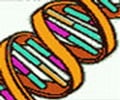
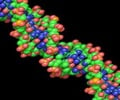
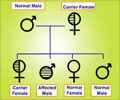
 Email
Email





